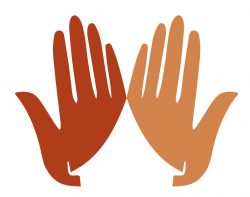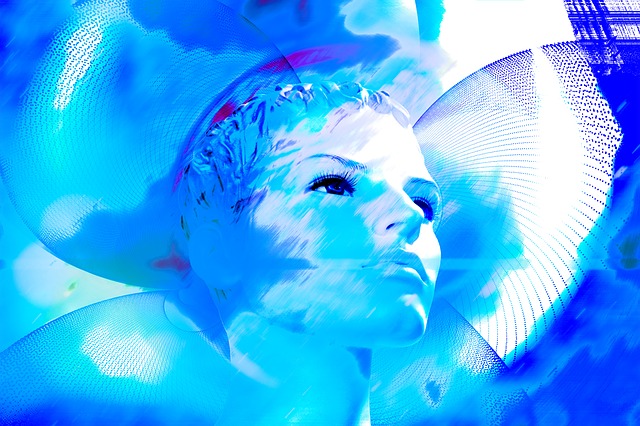A fascinating aspect of mindfulness practice. Hear the recording below or read the commentary.
In our mindfulness practice we experience how the world around us connects with us and affects us. This is a key practice as, the more we work with this, the more we soften the barrier between ourselves and the world and ourselves and others. We start to really understand the deep way we are touched by everything that goes on around us and it all happens because of the mind.
Over the previous weeks we have focussed on the Abidhama and the different mental objects that arise in the mind. The Vedanas allow us to start to pull all this together and understand why and the world affects us and interrelates with us.
If we look at our direct experience of the world, as we have explored before, we see that sense objects (a sound, a smell etc) touch our sense organs and trigger a response in the mind. The Vedanas are the first response. Usually they are unconscious. i.e. we are not aware that they are happening. But if we pay attention, we will find that we can train ourselves to become aware and notice the process going on. The very first thing that happens is that the mind draws an opinion of the sense object. It will place the object into one of three categories – like, dislike or neutral. This happens in the blink of an eye and, as I mentioned, it is usually an unconscious activity. But if we can become mindful of this process happening, we can start to learn a great deal about ourselves. This process may sound simple but there is huge complexity sitting behind it. What is it that decides whether something is liked, disliked or frankly rather boring? Marmite. Here’s a good example. We either love it or hate it. But we don’t all feel the same about it? Why not? Marmite is a good and very simple example, but most things are rather more complex. Our judgement is made based on the contents of our minds. Sitting in our mind-store is a whole host of information which we use in that very instant to decide our choice. So our deep seated fears sit here, our religious beliefs, our habits, our desires and our prejudices. They all sit in there and they all immediately contribute to our choice here. Some of these are exceptionally powerful and they have been embedded into us during our lives. Also, they are not necessarily positive. The most compulsive behaviours in people come out of Vedanas. A lot of our anxiety and even leading to depression if left unchecked, starts from the Vedanas. Let me give you an example. A fictitious example, but one that rings true for many people who have gone through our school systems.
At the age of seven a child at primary school is standing in the playground with the other children. It’s a warm summers day and this child suffers with hay-fever. It makes him wheezy and his eyes sting. The other kids don’t understand it as they don’t suffer with hay-fever. It is sports day coming up and the kids are being selected in to the teams. This poor lad is never keen on sports and never very practiced because most of the sports practice happens in the summer when the weather is nice. The teacher picks the boy for one of the teams. The red team. The team mates who have already been selected let out an audible groan (kids can be horrible) and unfortunately the teacher doesn’t correct their behaviour.
There is a great deal going on in this picture and a lot of this experience could now become embedded. The child will feel very powerful emotions which result in tension in the heart and the gut. This is establishing the Vedanas. From this point forward, associations will be made with the sense experiences that were happening at the time. The warm summers day, the smells, figures in authority, the colour red. The vedanas are established instantaneously so certain sense experiences will be more prevalent and create a strong trigger for the Vedanas.
Of course, we can’t protect ourselves or our children from this kind of experience. This is just part of life. Tough things happen. But we as individuals can start to recognise the Vedanas in our selves and do something about them. In the case of the little boy, let’s say the colour red and authority figures are embedded. Going forward, situations where one or both of these arise in the child’s life, there will be a tightening in the boy’s heart and gut. This will be unconscious, but it will happen and it will influence the way the boy acts in the situation, causing a potential for fear or anger which then reflect in action. Then the Vedanas can get even more deeply ingrained as this may result in further and more extreme misfortune which again results in further stress, tension and tightening in the heart. This may be slight and gentle, but it does deepen. Each episode deepens the experience. In the worst case the man who grows out of the boy develops a compulsive mistrust of authority figures and ends up with a compulsive disorder associated with the colour red which influences the rest of his life. A very tough mental process is now established here, and it will be a hard one to break.
They aren’t all bad. For me, a certain tick of a clock produces a lovely feeling of safety and calm. This comes from my childhood when I slept in a room in my grandmother’s house. My grandparents were wonderful, and I always felt very safe and secure with them.
So how do we break the vedanas. As I always say, the magic is in the noticing. This is all we have to do. We notice how sense objects produce an instantaneous tightening in our heart and gut. Some of these will be surprising and we may not even remember the reason behind them. In our example, the older man may have absolutely no recollection why he has a pathological fear of the colour red. But we notice and we focus on the physical sensation and we mentally soften it. We apply a gentleness of spirit to it, easing out the tension and replacing it with calmness. We can breathe in to it. Developing a habit of paying attention all the time, we notice this tightening arise. Have you ever had a feeling that something awful has happened? It manifests as a superstitious dread that someone close has suffered in some way. Chances are that this is the Vedanas at play. A sense trigger that is buried deep has triggered the physical tightening. There is no need to notice the triggered sense itself (although if we can it does help). All we need to do is notice the physical tightening and learn to relax this.
So, the meditation.
We will use the mindfulness of breathing. Then, we will draw attention into the heart and the gut and really go in to this area and study the feelings there and just practice the relaxing and the letting go in that area. Think of opening the heart.

